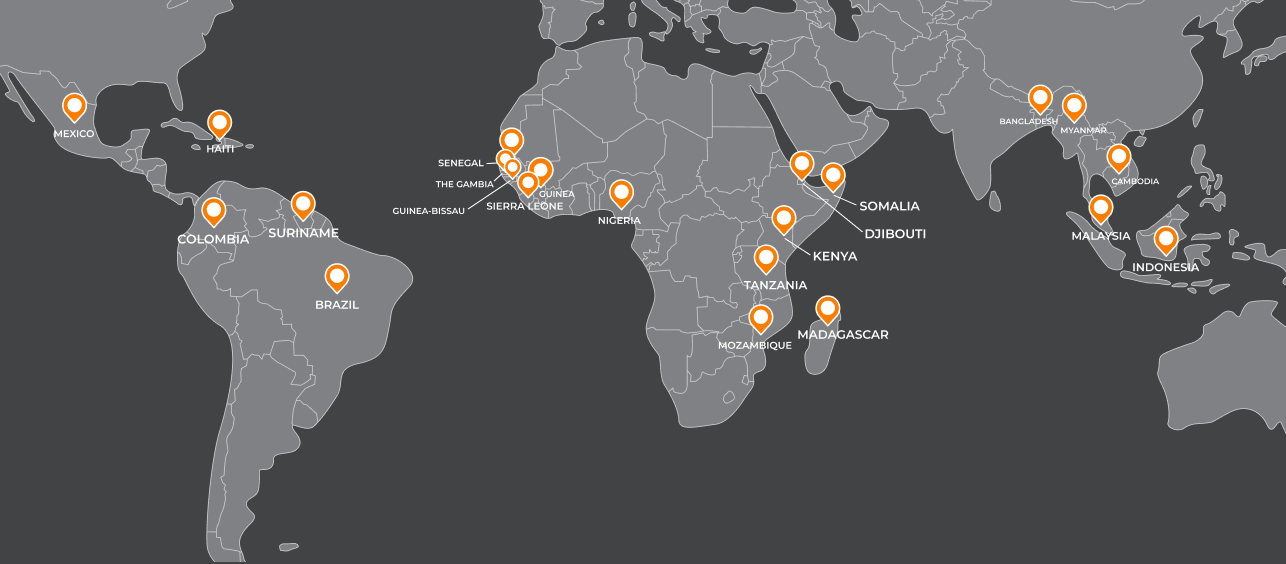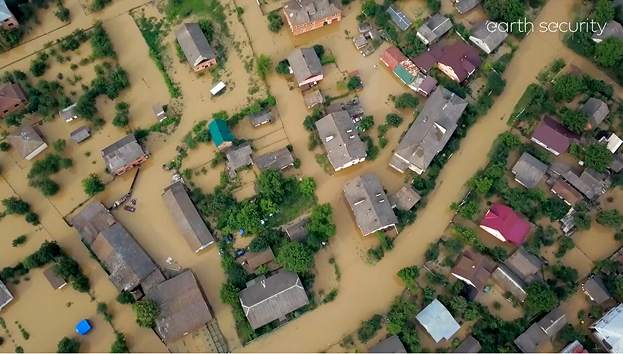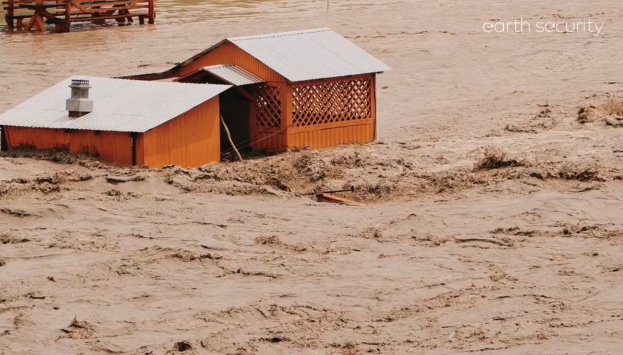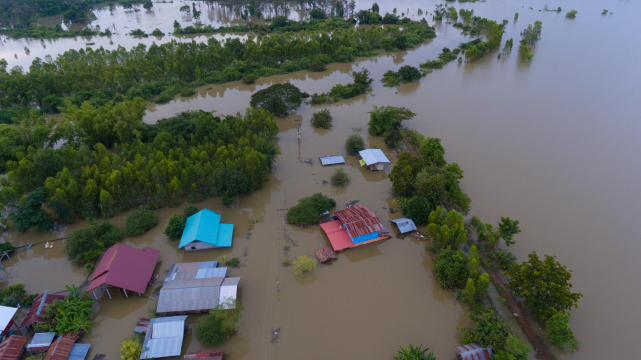The Earth Security Report 2017 was featured in Express Pharma's article about the sustainable growth of the pharma industry in India. The article has been reproduced below with the permission of the author.
By EP News Bureau, 5 October 2017
The overuse of antibiotics and water pollution in India undermine the global pharma industry, says The Earth Security Report 2017. The report put forth a practical method for business and investors to define the issues, metrics and actions that matter to their sustainable growth. Excerpts from the report
The world’s focus on anti-microbial resistance (AMR) in India is increasing the scrutiny on global pharmaceutical companies to address complex social and environmental imperatives in its global supply chains. Indian pharma must get ahead of this challenge by creating an industry alliance in global fight against AMR.
Regional SDG highlights
The Earth Security Index diagram for the pharmaceuticals industry in India provides pharmaceutical companies and policy makers with a view of the SDG pressures that are material to the long-term growth of the sector in the country. Pharma companies, industry associations, investors in pharma and development finance institutions, and government policy makers, should consider the risks and opportunities they face in relation to the following SDGs, and the imperatives for action:
India is one of the world’s largest suppliers of antibiotics and the largest consumer worldwide and is now becoming an epicentre and focus of global attention for antibiotic resistance as over-use of antibiotics is having global effects. Globally deaths caused by antibiotic-resistant infections are expected to rapidly grow from 700,000 today to 10 million by 2050.
Companies are being asked to use the power of innovation, investment, marketing and global value chains as a solution to entrenched social inequality and environmental degradation. Achieving this change will require business and governments to work together, translating global aspirations into practical actions. The Sustainable Development Goals (SDGs) have provided a common framework for these aspirations.
SDG 3: Good Health and Well-being
India’s government spends only 4.7 per cent of its GDP on healthcare, less than half of government spend in Brazil, China and Russia. Poor public health infrastructure, high levels of infectious disease, such as TB, and cheap unregulated over-the-counter sale of antibiotics have led to a rapid rise in resistant infections in India. 57,000 newborn babies are estimated to die annually from drug-resistant infections in India, the highest figure globally. At the same time, on average, only 36 per cent of key generic medicines are available in public hospitals in comparison to 76 per cent in the private sector facilities. The government and industry campaign on the safe use of antibiotics must integrate sustainable access to and usage of antibiotics, as well as other key generic drugs, particularly for poor rural populations that lack access to doctors.
SDG 6: Clean water and sanitation
The number of polluted rivers in India doubled from 2010 to 2015, exacerbating the growing water supply crisis for 600 million Indians that are already at high risk of freshwater supply disruptions. The contamination of waterways and the potential impact of untreated wastewater from antibiotic factories on antibiotic resistance, will require the industry to work with state governments and other industries to strengthen stewardship practices, as well as address water pollution challenges with suppliers as a central component of industry’s response to the AMR crisis.
SDG 8: Decent work and economic growth
Only 1,500 drug inspectors are responsible for monitoring good manufacturing practices for drug quality across the entire pharmaceutical industry in India. The Pollution Control Boards that monitor water pollution are chronically understaffed and underfunded. New partnerships with state governments must support investments in building up the skills and capacities of the Pollution Control Boards in order to create a more level playing field.
SDG 9: Industry, innovation and infrastructure
Research and development costs in India can be up to 20 to 30 per cent lower than those in the US and Europe, driving many companies to outsource both production and clinical trials to India. As the government looks to boost competitiveness and respond to India’s water crisis with stricter environmental regulations, companies that have already invested in effectively managing their wastewater emissions and being compliant with government regulations will be better positioned to grow in a more tightly regulated market.
SDG 12: Responsible consumption and production
Over 21 per cent of diseases in India are water-related due to high levels of biological and chemical contamination, leading to a drastic rise in respiratory diseases in populations where industry is concentrated. Scientists are also concerned that chemical pollution containing extremely high levels of antibiotics is a driver of AMR. Sound management strategies of industrial chemicals and wastes in the pharma supply chain and other key industries must meet international standards.
SDG 15: Life on land
India is one of the most biodiverse countries on earth, hosting 8 per cent of all documented species, including over 45,000 species of plants. High levels of land degradation and biodiversity loss in India will require pharma companies to consider integrating a pharma value of biodiversity into bio-prospecting agreements with the government and form new partnerships with NGOs and communities to better protect species and habitats while ensuring fair and equitable benefit sharing from the utilisation of genetic resources as per international standards.
SDG 16: Peace and justice strong institutions
A chronic lack of enforcement of industry regulations and lack of capacity of government inspectors has allowed a number of industry transgressions in the supply chain to persist, from water pollution to unethical marketing practices. As the government calls for stricter penal action against unethical practices and making the ‘Uniform Code of Pharmaceutical Marketing Practices’ mandatory, pharma companies must ramp up their efforts to agree to providing pricing guidelines to third-party sales agents and monitoring and auditing sales agents.
The sustainable growth of pharmaceuticals in India
India has become a major global player in the pharma industry as a lowcost manufacturing destination for the global pharma across all categories of pharmaceutical production: finished dosage, active pharmaceutical ingredients (APIs) and intermediates as well as research and development activities. Alongside China, India is now one of the world’s two largest suppliers of antibiotics. However, India is now also the largest user of antibiotics for human health globally. The industry faces multiple social and environmental challenges to its sustainable growth. Access to healthcare and affordable medicines remains a challenge at the bottom of the pyramid, as government investment in healthcare remains low in comparison to other large emerging markets.
The large-scale overuse of antibiotics in humans, as well as animal farming, is a primary driver of human resistance to antibiotics (known as antimicrobial resistance – AMR), which is emerging as a highly complex issue. Another significant contributor to the spread of AMR in India is water pollution from antibiotic factories. Globally, deaths caused by drug-resistant infections are expected to rapidly grow from 700,000 today to 10 million by 2050. India is a global hotspot for AMR, which is becoming one of the greatest threats to modern medicine. This is increasing scrutiny on global pharmaceutical companies to address protracted social and environmental challenges in global supply chains.
Recommendations
Indian pharma companies should adopt sustainable financing strategies to develop zero-wastewater facilities.
The national antibiotic campaign in India should deploy proven crowd-sourcing technologies to enable citizens to control water pollution.
Indian industry associations – FICCI, CII and OPPI – should create a business action hub as a local partner of the global AMR Industry Alliance.
Explore the reports
The Earth Security Index Reports provided in-depth analysis of critical themes across selected industries and market geographies, enabling investors to anticipate and respond to emerging global dynamics. Download and explore the full Earth Security Index reports:












































